Our mission is to promote sustainable food sources and provide access to the highest quality ingredients with integrity. We aim to encourage healthy eating while bringing joy with beautiful plates full of flavourful dishes.
Whether it's from a family recipe or from a 5-star restaurant, we believe everyone should have the chance to experience delightful cuisine. If you would like to contribute your talents or stories on our blog please contact us at [email protected] - we'd love to hear from you!
With love from Belovedsaffron.com - Enjoy the journey!
For now, love yourself and enjoy this one ...
by Maryann Readal
Paprika is the Herb of the month for February at The Herb Society. It is the beloved national spice of Hungary, and a symbol of the country's cuisine. Hungarians refer to the pepper used to make this spice as paprika. Paprika is both a spice, and a vegetable to them. Paprikamolnar, a Hungarian blogger, said: "We (Hungarians), have expressions when it comes to paprika. When we are upset, we make a paprika face. Or, we call a light red color (with a touch of fiery orange), paprika red. We find this colour lovely. Paprika is more than a spice. It's home for me, and I think it is the same for many other people." (Molnar 2021 ).
The red paprika is ground into powder by first drying it and then grinding it. Paprika is a long and narrow variety of Capsicum Annuum.
Columbus brought these red peppers from the Americas to Europe in the 15th Century. In the 16th Century, the Turks brought the pepper to Hungary which was part the Ottoman Empire. Historians say that the pepper was first used for ornamental purposes and not as food. The nobility hung dried strings of colorful pepper on their castle walls. The pepper was not eaten because people believed it to be poisonous. In 18th century, paprika is credited for healing a Hungarian poet during a cholera outbreak. It became a much-loved spice in the country.
Paprika is rich in Vitamins A, E, B6, C, D, and K. It also contains capsaicin which relieves pain and helps to fight cellular damage (Streit, 2023). Albert Szent-Gyorgyi was awarded the Nobel Prize for medicine and physiology 1937 by the Hungarian scientist Albert Szent-Gyorgyi. He discovered Vitamin C in pepper and isolated it. He discovered that the paprika contained more Vitamin C per gram than a citrus.
Hungarians make eight different flavors of paprika, ranging from mild and sweet to hot and spicy. To create hotter flavors, the membrane and seeds of the pepper are left in the dried pepper. You can add other varieties of hot peppers to make a hot and spicy version. Paprika is used in Hungary to prepare the famous chicken paprikash or goulash as well as sauces and sandwich spreads. Paprika is responsible for the rich color of foods. Every Hungarian cook uses paprika and it is always on their kitchen table, along with salt and pepper (Banfalvi 2015). Hungarian recipes often include a step where paprika is fried in oil with onions.
Hungary's climate makes it a leading producer of paprika. Production is concentrated in the southern cities of Szeged, and Kalocsa. In the countryside, you can still find paprika peppers drying on fences.
The spice, known as pimenton in Spain, comes in three different varieties: mild, mildly hot, and hot. It is used to flavor chorizos, paellas, and gazpachos. The Spanish paprika has a smokey flavor because the peppers are smoked over oak fires during the drying process. Indian cuisine uses it to add a rich red color to dishes such as tandoori. In the United States the spice is sprinkled on deviled egg, potato salad and hummus. The paprika flavor is not added by this practice, but rather the color of the dish. There is still much to learn about how to use this spice in our cooking.
You want to change the color of your hair? Use paprika. Hair color is an interesting way to use paprika. By itself, paprika gives hair a reddish tint, but when combined with henna, you get the fiery, redhead (Grant, 2022). The resulting color is known as "paprika ."
Learn more about paprika at HSA's Herbs of the Month page.
Disclaimer on Medicinal Use: The Herb Society of America, Inc. does not recommend or advise the use of herbs as a medicine or for health purposes. This information is provided for educational purposes and should not be construed as an endorsement or recommendation of any specific medical or health treatment. Consult your health care provider prior to using herbal remedies.
Photo Credits1) Paprika Plant (Wikimedia, Southern Exposure Seed Exchange);2) Pimenton (Wikimedia, Marcosgarrido88);3) Strings of paprika Peppers (Wikimedia, Viana 12 Paprika2001);4) Drying paprika during the 1960s (The Book of Paprika - Paprika Garlands in Roszke, 1960s);5) Paprika Vendor at Budapest Market (Wiki
References
Banfalvi, Carolyn, 2015. Hungarian paprika is the essential red spice. Accessed 1/25/24 .https://tastehungary.com/journal/hungarian-paprika-the-essential-red-spice/#:~:text=Paprika%20is%20a%20spice%20powder,refers%20to%20the%20peppers%20themselves
Grant, Amy. 2022. Paprika Pepper info: Can you grow paprika in the garden? Accessed on 1/13/24. https://www.gardeningknowhow.com/edible/vegetables/pepper/growing-paprika-peppers.htm
Molnar, Paprika. 2021. The book of paprika Accessed on 1/15/24. https://www.paprikamolnar.hu/english/the-book-of-paprika/
Streit, Lizzie. 2023. Paprika has 8 scientifically proven benefits. Accessed on 1/14/23. https://www.healthline.com/nutrition/paprika-benefits
Hungarian Conservative. 2023. Paprika, peppers and their history: essential ingredients in Hungarian cooking. Accessed on 1/13/24. https://www.hungarianconservative.com/articles/culture_society/paprika_peppers_america_turkey_hot-spice_goulash_chili_vitamin-c/
Maryann is an active member of The Herb Society of America’s Texas Thyme Unit, located in Huntsville. She is also a Texas Native Plant Society Native Landscape Specialist and a Texas Native Plant Society Certified Texas Master Gardener. She is a writer and lecturer on herbs and plants, and she teaches herb training in several Master Gardener Programs. She grows pines in East Texas' Piney Woods.
By: The Herb Society of AmericaTitle: Paprika – Hungarian Spice and Vegetable
Sourced From: herbsocietyblog.wordpress.com/2024/02/05/paprika-hungarian-spice-and-vegetable/
Published Date: Mon, 05 Feb 2024 09:00:00 +0000
Frequently Asked Questions
Which spices from the kitchen are used to cure diseases?
There are more than 4000 medicinal plants that are widely distributed throughout the world. Some of these plants contain active compounds that may help treat various ailments.
In India alone, there are more than 1000 species of herbs that are used for medical purposes. This includes Ayurvedic medicine, Unani medicine, Siddha medicine, Homeopathic medicine, and Chinese medicine.
The most common ingredient found in these medicines is ginger. Ginger contains volatile oils that give it its aromatic flavor. These oils contain anti-inflammatory properties that make them useful against arthritis, fever, vomiting, and indigestion.
Ginger also helps relieve nausea and stomach cramps caused due to pregnancy. Pregnant women often consume ginger tea to reduce morning sickness. Ginger is also commonly used for cough and cold relief.
Another spice that is known to have medicinal value is turmeric. Turmeric contains curcumin which has been shown to inhibit tumor growth. This makes it an effective cancer treatment.
Turmeric is also considered to be very beneficial for joint health. It relieves inflammation and stiffness associated with rheumatoid arthritis. It is also believed to prevent osteoporosis.
Garlic, too, is another herb that is extensively used in traditional medicine. Its healing qualities include treating infections, asthma, heart disease, and diabetes and even reducing cholesterol levels. Garlic oil is also used to treat wounds and insect bites.
Garlic is a natural antibiotic that fights bacteria and viruses. The antibacterial property makes it ideal for treating respiratory tract infections such as bronchitis and pneumonia.
It is also helpful in preventing urinary tract infections.
Other spices like cinnamon, cloves, nutmeg, cardamom, black pepper, ginger, cayenne, mustard seeds, fennel, and coriander are also used to treat different illnesses.
What are the side effects of basil?
Basil is an herb that originated in tropical regions of India, Africa, China, Indonesia, Malaysia, Thailand, Philippines, Mexico, Puerto Rico, Jamaica, Costa Rica, Panama, Colombia, Venezuela, Brazil, Peru, Ecuador, Bolivia, Paraguay, Uruguay, Argentina, and Chile.
The plant is easy to grow in most climates and requires little maintenance. Basil also thrives in poor soil conditions and is very drought tolerant.
As for the health benefits, more than 200 known compounds are found in basil, including flavonoids, phenolic acids, lignans, polysaccharides, essential oils, vitamins, and minerals.
According to the University of Maryland Medical Center, basil contains powerful anti-inflammatory properties which may help relieve symptoms associated with arthritis, asthma, allergies, bronchitis, cancer, cardiovascular disease, diabetes, digestive disorders, depression, eczema, insomnia, infections, migraines, osteoporosis, psoriasis, respiratory problems, stress, and ulcers.
Basil is also a culinary spice and is often added to tomato sauces, soups, salads, pasta dishes, rice dishes, dips, casseroles, pizza toppings, pesto, chicken wings, and popcorn.
However, like all herbs, basil should be consumed in moderation. Too much of anything is not good for you. For example, eating large amounts of basil could lead to stomach upset. And if you have sensitive tummies, avoid consuming basil during pregnancy.
If you are pregnant or nursing, consult your doctor before taking herbal supplements.
You should only take one type of supplement at a time. If you take other medications, make sure they do not interact with each other.
You should never use herbs while on medication unless directed by your doctor.
Some people experience allergic reactions when using herbs, especially those allergic to ragweed. Symptoms include hives, swelling around the mouth or eyes, shortness of breath, chest tightness, nausea, vomiting, diarrhea, headaches, dizziness, fainting, heart palpitations, blurred vision, loss of consciousness, seizures, or even death.
Some people who take certain medications may develop an allergy to basil. These drugs include:
- Antacids (like Alka Seltzer)
- Anti-anxiety medicines (Valium, Xanax, Ativan, etc.)
- Beta-blockers (like Propranolol)
- Blood thinners (like Coumadin)
- Calcium channel blockers (like Amlodipine)
- Cholesterol-lowering drugs (like Lipitor, Zocor, Mevacor, and Pravachol)
- Diabetes medicine (like Glucophage)
- Diuretics (like Lasix)
- Heartburn medicines (like Prilosec OTC)
- Hormone therapy (like Premarin, Tamoxifen, Femara)
- Insulin (like Humalog, Lantus, Novolin R)
- NSAIDs (like Aleve, Motrin, Advil, Excedrin, Tylenol, Ibuprofen)
- Oral contraceptives (like Ortho Evra, Yasmin, Loestrin, Ovrette, Yaz, and Seasonale)
- Pain relievers (like Aspirin, Celebrex, Vicodin, Percodan, Darvocet, Dilaudid, Fiorinal, Tylenol 3s, Naproxen, Motrin, Tramadol, Ultram, Voltaren
Which plant can heal wounds?
Plants are amazing creatures. They grow, they live, and they die. They make food, clean our air and water, and help keep us healthy. But plants also do more than that...they heal wounds.
Plants release molecules called phytochemicals when they are injured. These chemicals act as antioxidants, which protect cell membranes from damage and promote healing.
Phytochemicals found in plants include flavones (found in citrus fruits), terpenoids (present in mint leaves), and polyphenols (common in berries).
In addition to these protective compounds, plants contain proteins, vitamins, minerals, amino acids, fatty acids, and carbohydrates that support the body's natural processes of healing.
The best way to use plants to heal wounds is to consume them directly. However, there are ways to apply the power of plants to treat wounds without eating them.
First, soak a cotton ball in an extract from the St John's Wort herb. This product contains salicylic acid, which helps reduce inflammation.
Next, place the soaked cotton ball on the wound. Avoid applying the herb directly to open cuts, burns, or puncture wounds. If you feel any burning sensation, remove the herb immediately.
You may also find that placing a few drops of essential oil on the affected area promotes faster healing. Lavender essential oil reduces swelling and speed recovery; rosemary stimulates blood flow and increases circulation; peppermint relieves headaches and muscle aches.
If you want to try your hand at growing some of your medicinal herbs, here are some tips:
- Start with small pots, so you don't end up with too much of one particular type of plant.
- Grow several different types of herbs together. The same goes for flowers and vegetables. Mixing it up will ensure you get all the benefits of each plant.
- Use organic fertilizer if you're growing your herbs indoors. Non-organic fertilizers may be harmful to your health.
- Harvest regularly. You'll enjoy the freshness of homegrown herbs, but leave enough time between harvests to allow the soil to replenish itself.
- Be careful not to overwater your plants. Overly wet soil encourages mold growth, which isn't suitable for your herbs.
- Wash your hands after handling your herbs. You don't want to risk spreading bacteria onto your plants!
Which herbs are healing herbs?
If you look for healing herbs, you won’t find them in the supermarket. There isn’t any place to buy them. There is no store selling them.
You haven’t been able to find healing herbs because they aren’t sold anywhere. They are grown right here in our backyard.
Healing herbs are plants that grow naturally in North America. Like many common household items, these herbs grow throughout the United States and Canada.
These herbs treat minor ailments such as colds, flu, sore throats, coughs, and headaches. Many of these herbs have been used for centuries to help heal wounds and promote overall health.
Of course, when we say “heal,” we mean more than simply treating an illness. We also refer to the ability of these herbs to restore balance and harmony within ourselves and the world around us.
For example, the chamomile herb helps relieve stress. This means that if you feel stressed out, you may benefit from taking chamomile tea. Chamomile tea has been shown to reduce anxiety and nervous tension.
In addition, chamomile tea has been proven effective in relieving insomnia.
Chamomile tea has many other benefits, including its ability to ease stomach aches and gas pains and even improve digestion.
Another popular healing herb is Echinacea. Echinacea is known for helping to fight infections and boosting the immune system.
Echinacea is commonly taken internally and externally to fight infection, prevent viral diseases, and boost immunity. It is safe to use during pregnancy and lactation.
Echinacea also helps reduce muscle pain and inflammation. You can take echinacea orally or topically (as an ointment).
This herb is available in both liquid and capsule form. Liquid echinacea is often mixed with honey and lemon juice. The mixture is then strained and consumed.
Capsules are usually made of freeze-dried plant material. They contain standardized amounts of active ingredients. To use capsules, swallow one or two a day.
The third type of herbal remedy is called tincture. Tinctures are alcoholic extracts of herbs. They are typically used to treat internal problems. Tinctures are generally diluted before being ingested.
Tinctures can be taken orally or applied topically. For oral consumption, dilute tinctures with water. Some people prefer to mix tinctures with food.
Tinctures are easy to prepare. Put about one tablespoon of dried herb into a bottle containing enough alcohol to cover the herb completely. Allow the mixture to sit for several weeks. Then strain and consume.
You may want to try some of these natural remedies to see which ones work best.
What is the difference between "regular" and smoked paprika powder?
Regular Paprika Powder (Piment d'Espelette) is an essential ingredient for our recipes. We use it for its intense flavor and color. It's also used as a spice and seasoning agent. Smoked Paprika Powder (Paprika Chorizo) adds a smoky taste and aroma to dishes. Both types of Paprika Powder come from Spain, where they grow the best peppers in the world.
Smoked Paprika Powder (Chorizo Paprika) is made from red peppers, which are dried slowly in special ovens. This gives them a rich flavor. They are then ground and mixed with salt, garlic, and spices.
Regular Paprika Powder (Espelette Paprika) is made by grinding green bell peppers without additives.
Statistics
- The global herbs market is expected to reach more than $125 billion by the end of 2025.
- For those with high cholesterol, garlic supplementation appears to reduce total and/or LDL cholesterol by about 10-15% (72Trusted Source73Trusted (healthline.com)
External Links
[TAG22]
[TAG24]
[TAG26]
- Peppermint oil (Mintoil®) in the treatment of irritable bowel syndrome: A prospective, double-blind placebo-controlled randomized trial
- Curcumin reverses the effects of chronic stress on behavior, the HPA axis, BDNF expression, and phosphorylation of CREB
[TAG29]
How To
How to use herbs safely?
Many people think that herbs should only be used under medical supervision because they believe that some herbs are poisonous. However, this is not true.
Many herbs have long histories of safe use. For example, garlic has been used for thousands of years to fight infections. It's also been shown to lower cholesterol levels and reduce high blood pressure.
However, if you're pregnant or nursing, avoid taking certain herbs. You should also avoid them if you suffer from allergies or sensitivities to herbs.
You can do several things to ensure you get the best results from your herbs and supplements. First, always read labels before consuming anything containing herbs or spices. Second, take the lowest dose recommended on the label. Third, don't use more than one supplement at any given time. Fourth, talk to your doctor about how to combine specific herbs and supplements. Finally, keep track of your consumption to know whether you need to adjust your dosage.
Resources:
 |
[TAG32]In this video we are starting out seedlings for our winter growing in the Tower Garden and we're taking you along for the journey! We'll show you just how easy |
 |
[TAG33]Hope you enjoyed this video and thank you for your support. Don’t forget to like, share and subscribe. PLEASE FOLLOW ME IN FACEBOOK https://www.facebook |
 |
[TAG34]Learn herbs from respected professional herbalists offering world-class herbalist training. The NEW Professional Herbalist Course includes courses on over 600 |
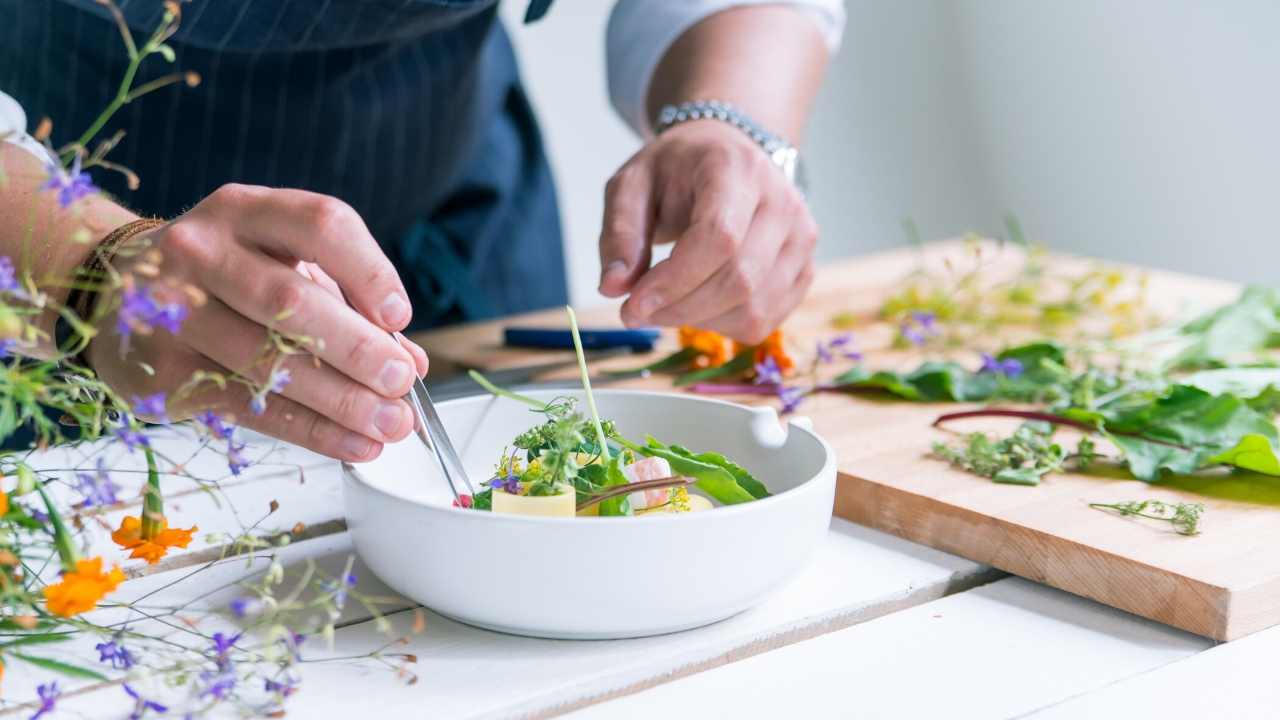 |
[TAG35]Who was the Marble Looking Man? Paul Sinclair shares his accounts of unusual and strange happenings in an around East and North Yorkshire. We now have |
 |
[TAG36]COFFEE MOANING the PODCAST ON APPLE PODCASTS: https://podcasts.apple.com/gb/podcast/coffee-moaning/id1689250679 ON SPOTIFY: |
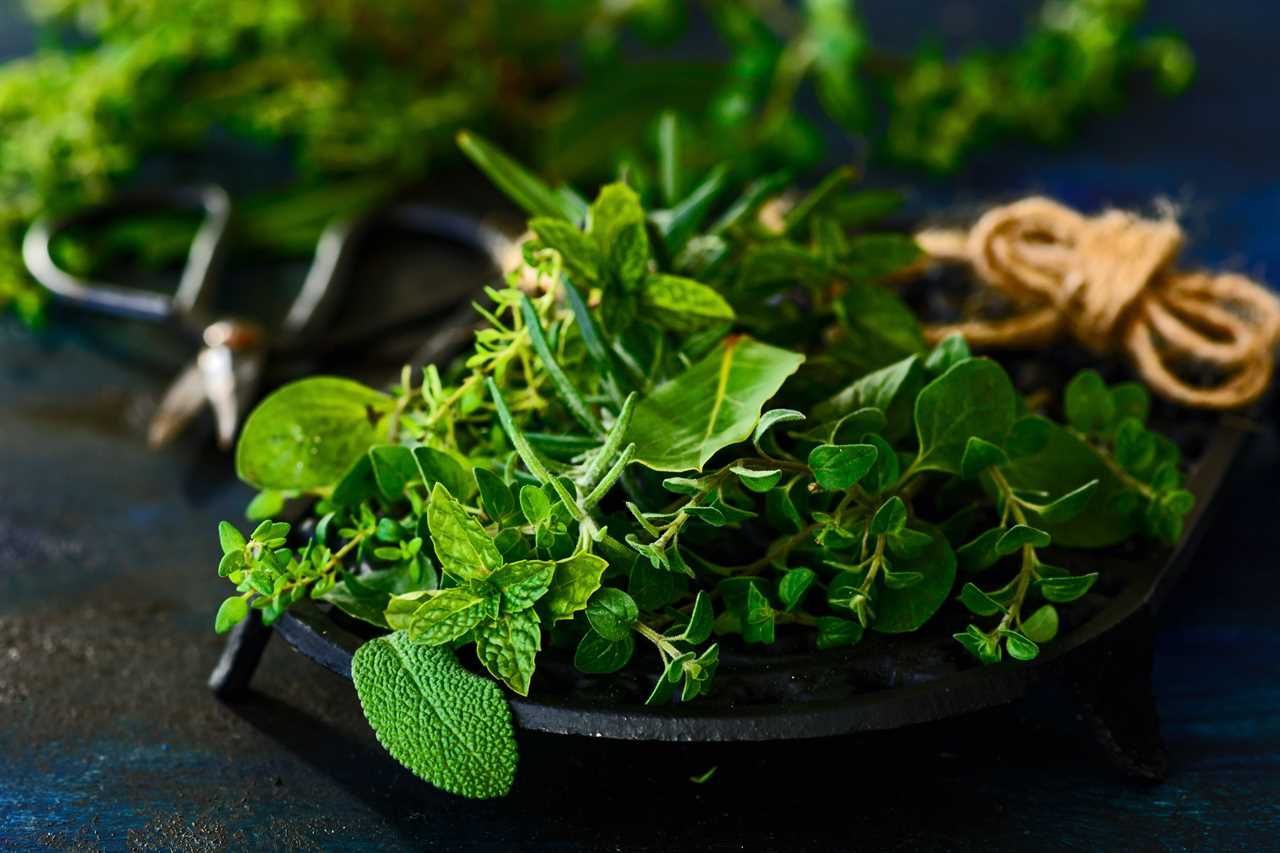 |
[TAG37]Find out more about herbs and how to use them |
 |
[TAG38]Are you eating healthy bread? If so, this video is a must-watch before you take another bite of those seemingly innocent slices. Bread might be a staple, but |
 |
[TAG39]Patrick Bet-David, Adam Sosnick, Tom Ellsworth and Vincent Oshana discuss Bill Maher's appearance on Roseanne Barr's podcast where he denies knowing MK Ultra, |
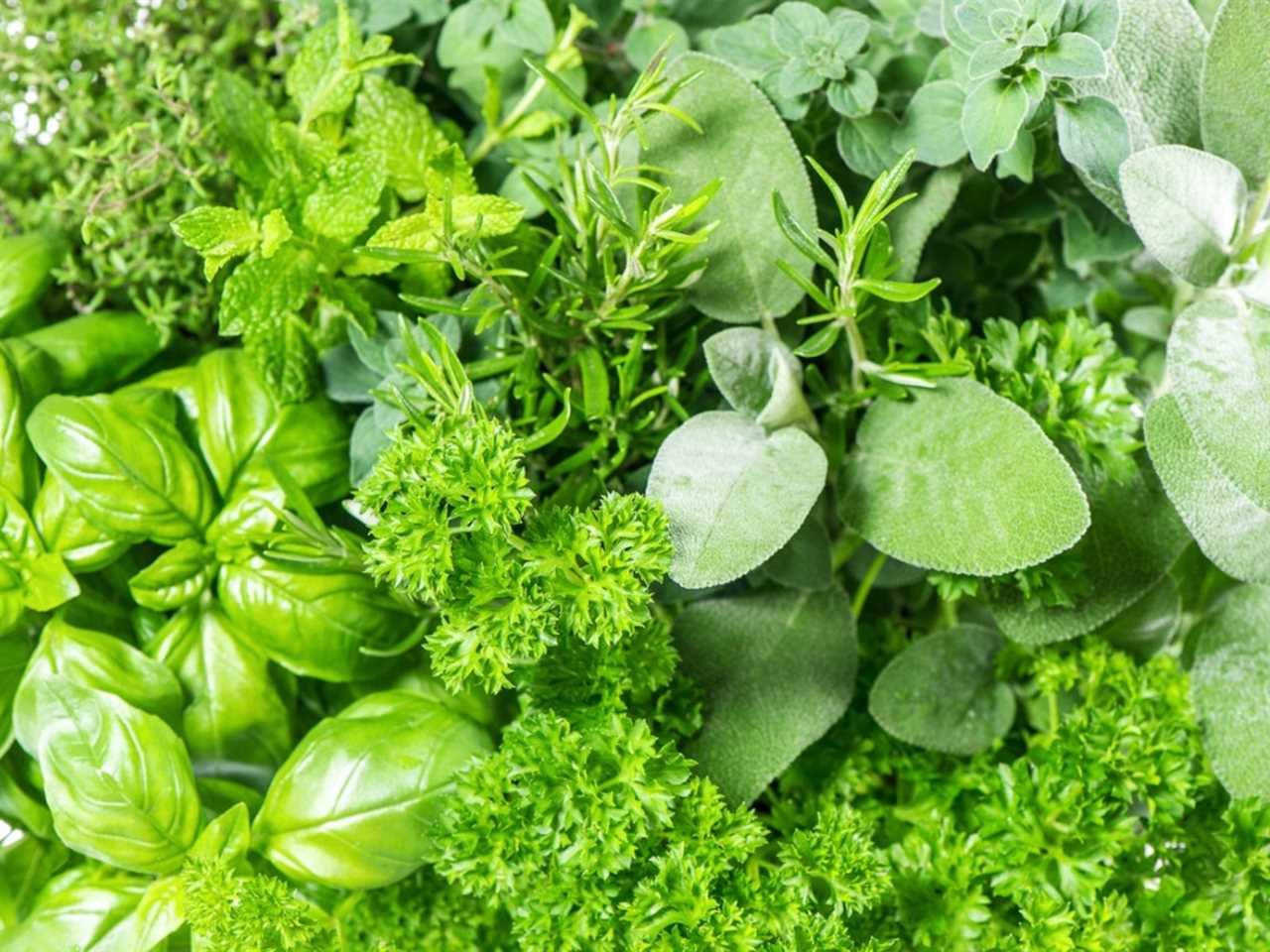 |
[TAG40]Like life, tea is what you make of it and The Cup of Life helps individuals enjoy tea in more than one way. Join me on my tea adventures through my blog! |
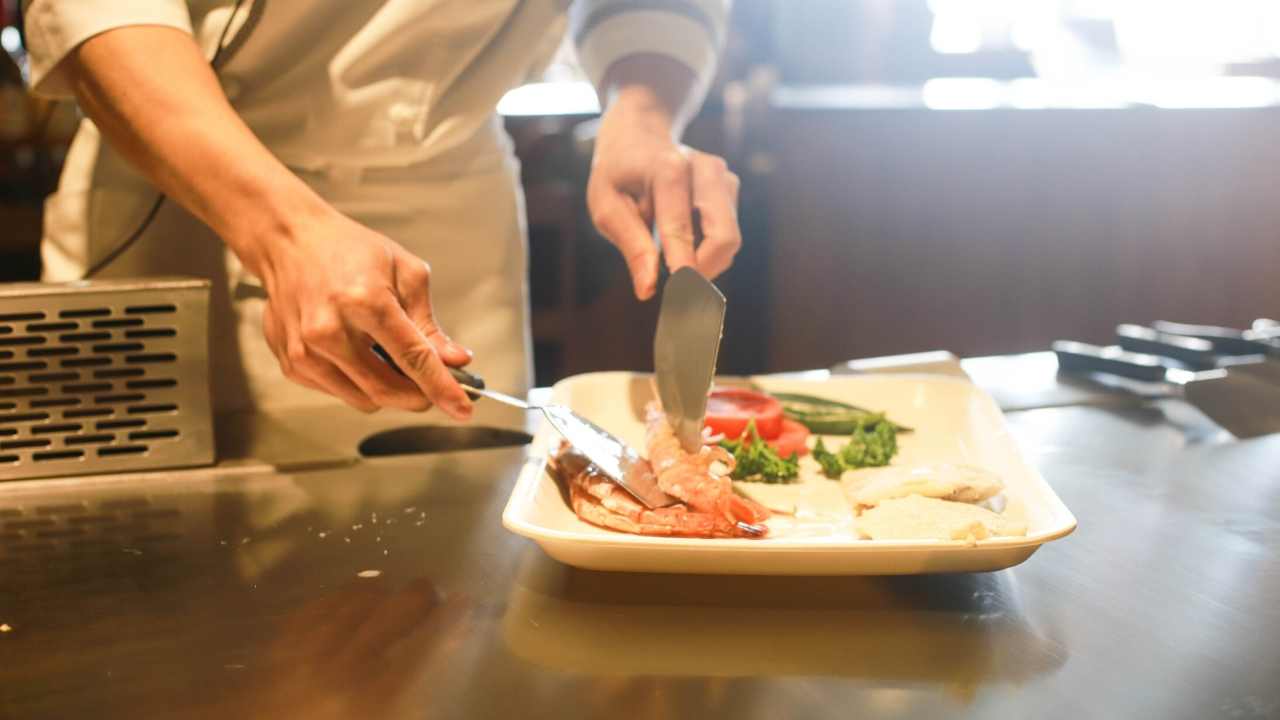 |
[TAG41]Use Code THOMAS25 for 25% off Your First Order from SEED: https://www.seed.com/thomasyt Obesity Pandemic - Willpower vs Genes vs Environment This video |
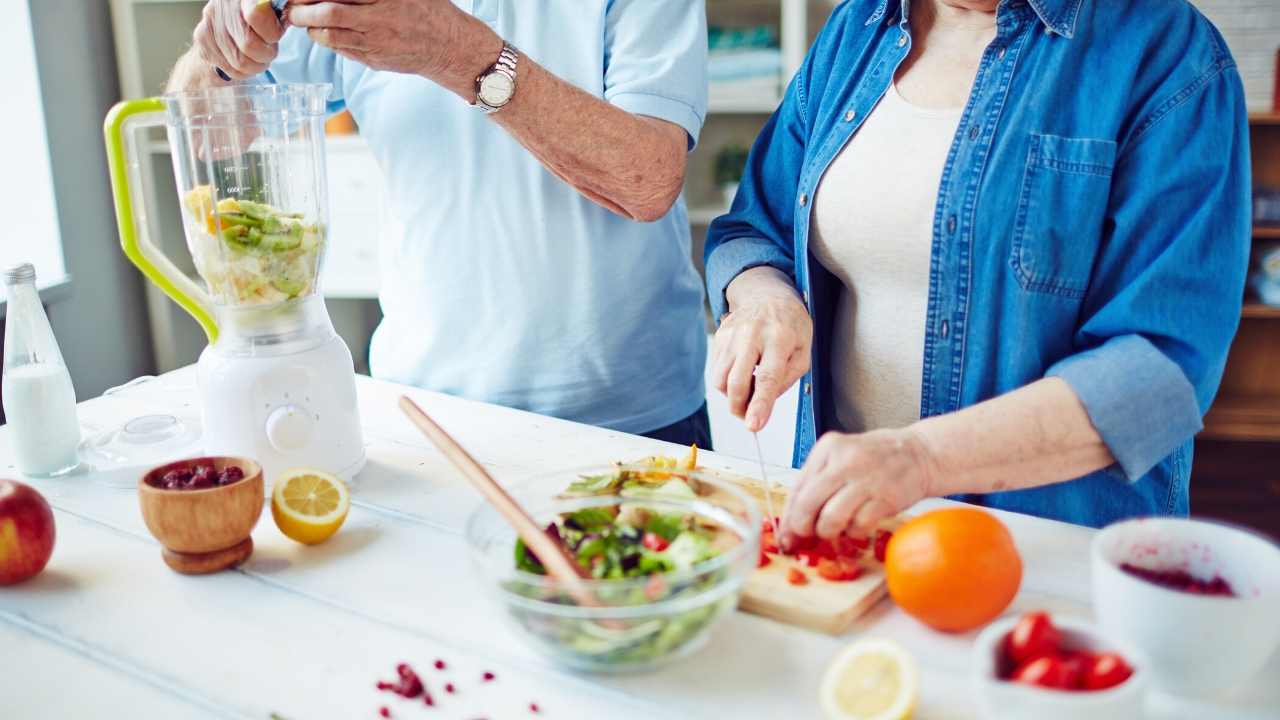 |
[TAG42]Harvesting self-grown vegetables - bursting with emotions when the old lady handed over the red book Thank you for watching my video. Wishing you good health, |
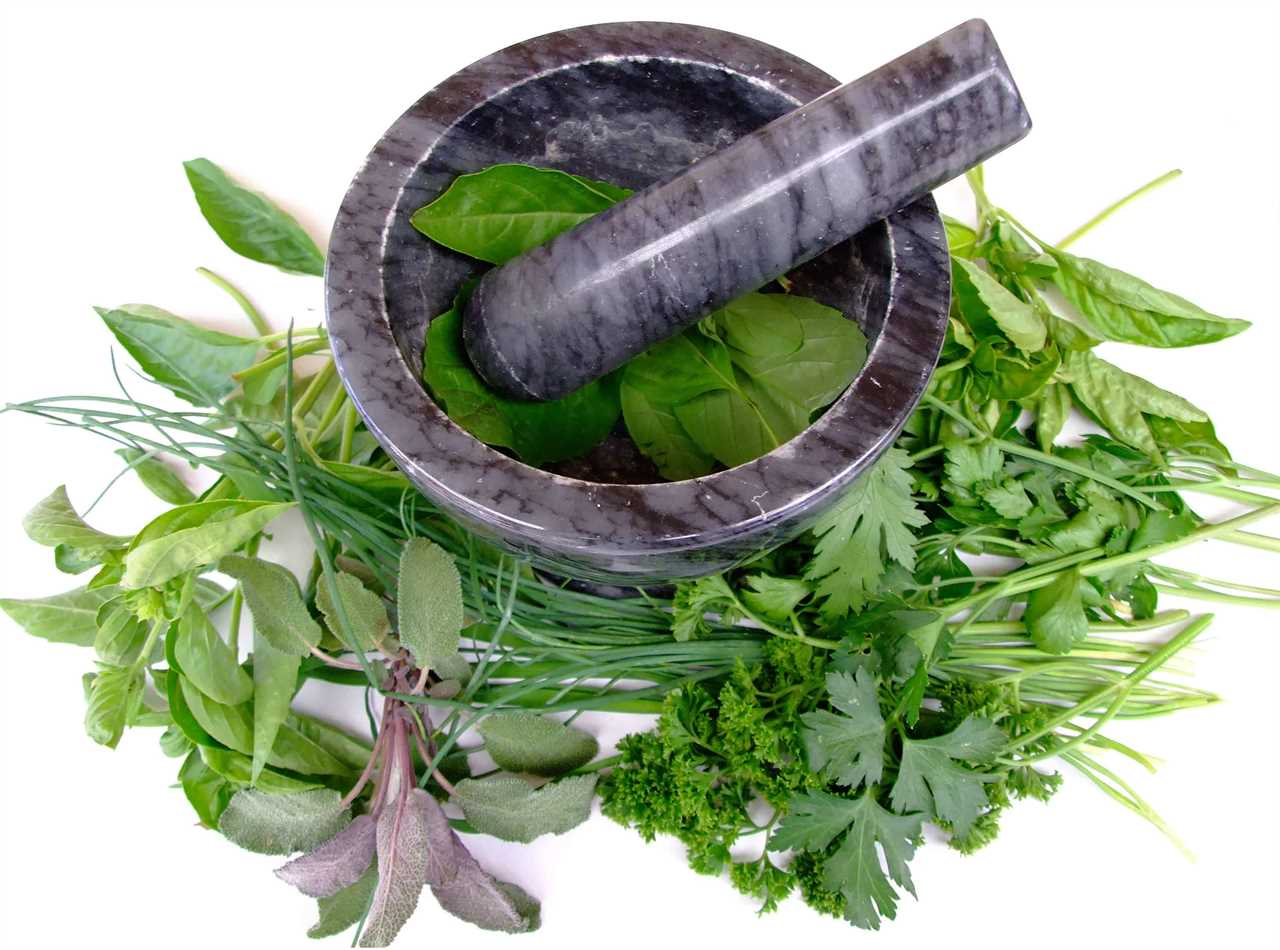 |
[TAG43]A tea assessment platform that rates teas based on objective quality markers and a sensory evaluation resulting in a list of the best teas produced each year. |
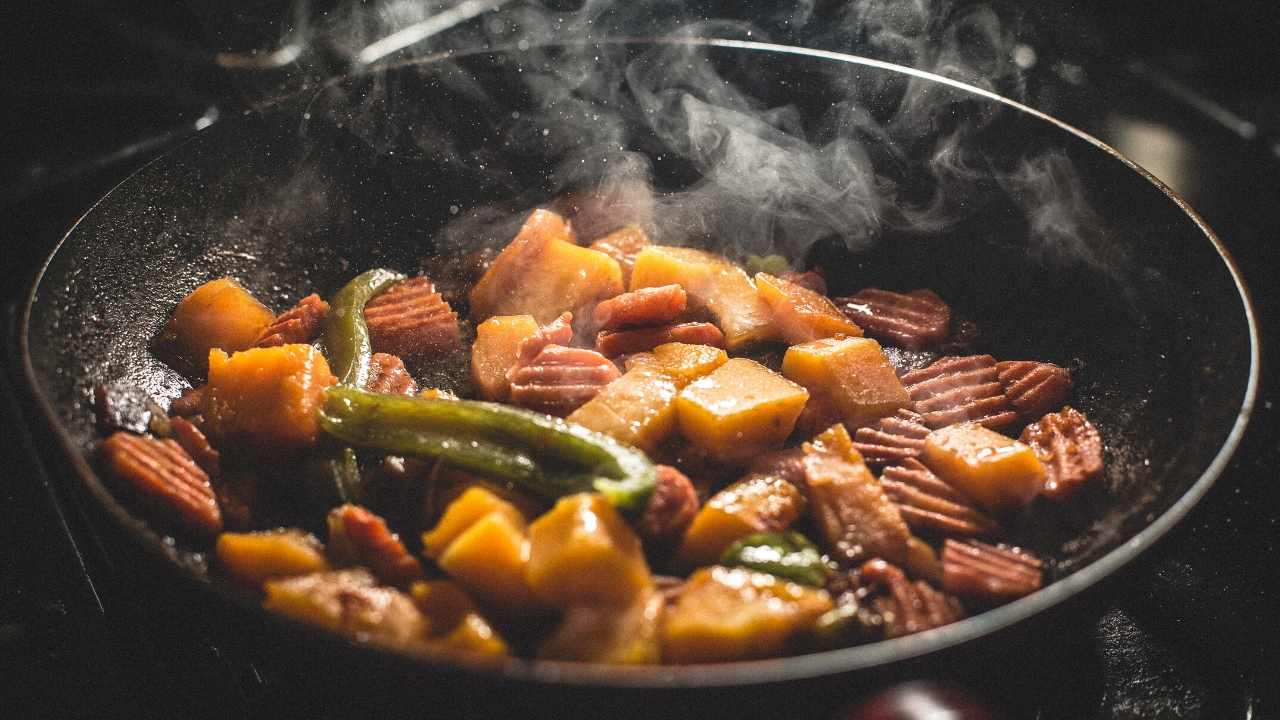 |
[TAG44]In This Video I'm Gonna Show You How To Find And Farm All 7 Herbs In Terraria! Enjoy ! :) #terraria #guide #tutorial |
 |
[TAG45]Former President Trump in recent remarks is now working to portray President Biden as a threat to democracy, saying Biden 'is the destroyer of American |
Did you miss our previous article...
https://belovedsaffron.com/herbs/the-medicinal-benefits-of-ashwagandha
.png)





